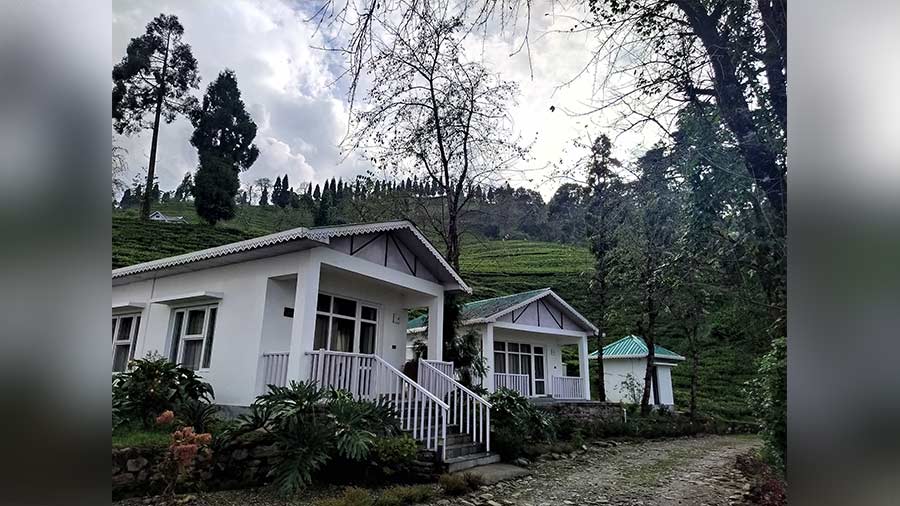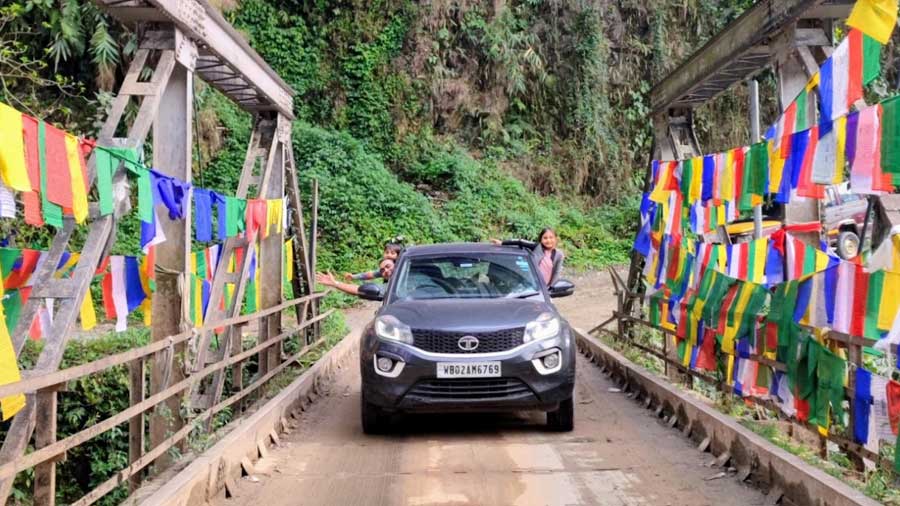The majesty of the Himalayas in Sikkim unfolded before me as never before during my recent four-day visit to the state. I was there for the inauguration of Taj Guras Kutir, on the invitation of Harshavardhan Neotia and Puneet Chhatwal, managing director and CEO, IHCL (Indian Hotels Company), and the trip offered me an unforgettable opportunity to delve deeper into Sikkim’s fascinating history.
The venture is part of an alliance between Ambuja Neotia Group, helmed by chairman Harshavardhan Neotia, and the Taj Group’s IHCL, to launch several new hotels – two in Kolkata and one in Patna as well as two other hotels in the East, namely the Taj Chia Kutir, Darjeeling, and Taj Guras Kutir Resort & Spa in Gangtok. From Puneet Chhatwal, I learned this new venture is aimed at bringing alive Sikkim’s local culture with a modern flair and furthering their hospitality footprint in the northeast.
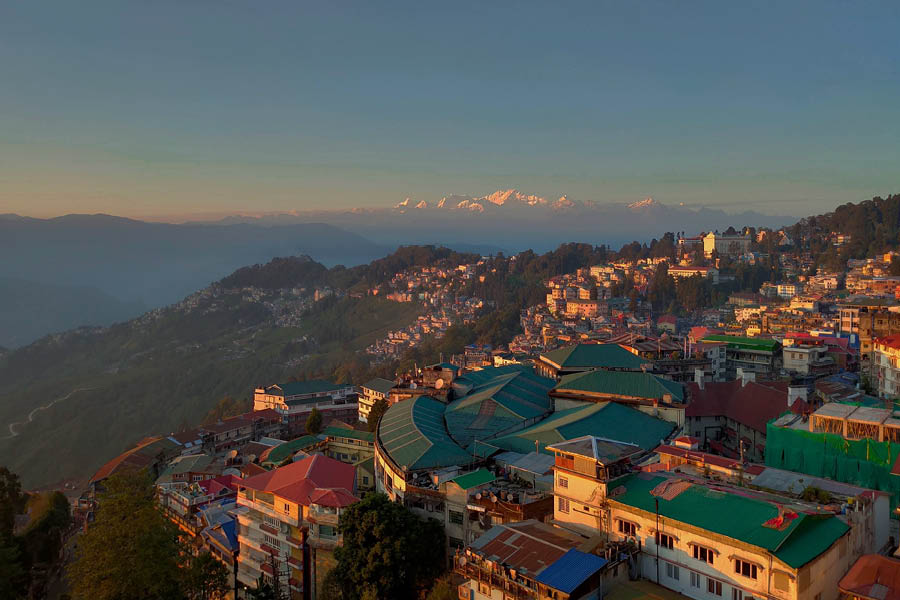
A part of Gangtok, as seen from the ropeway Shutterstock
The Himalayan retreat is set amidst Sikkim’s lush greenery, with an unforgettable panoramic view of the Kanchenjunga, the world’s third-highest peak. Characterised by its mountainous terrain and founded by the rulers of the Namgyal dynasty in the 17th century, Buddhist priest-kings known as the Chogyal ruled Sikkim. A princely state of the British Indian Empire, the kingdom enjoyed protectorate status till 1950, after which, as the result of a somewhat contentious referendum, the province merged with the Indian federation and monarchy was abolished.
Sikkim’s populace comprises three major ethnic groups, namely the Lepcha, Bhutia and Nepali, who create a peaceful and homogeneous whole along with some migrant groups of Bengalis, Biharis and Marwaris. The geographical positioning of this mountainous land so close to Tibet has had a direct influence on the culture, which has been an admixture of traditional animist beliefs, Buddhism and Hindu influences.
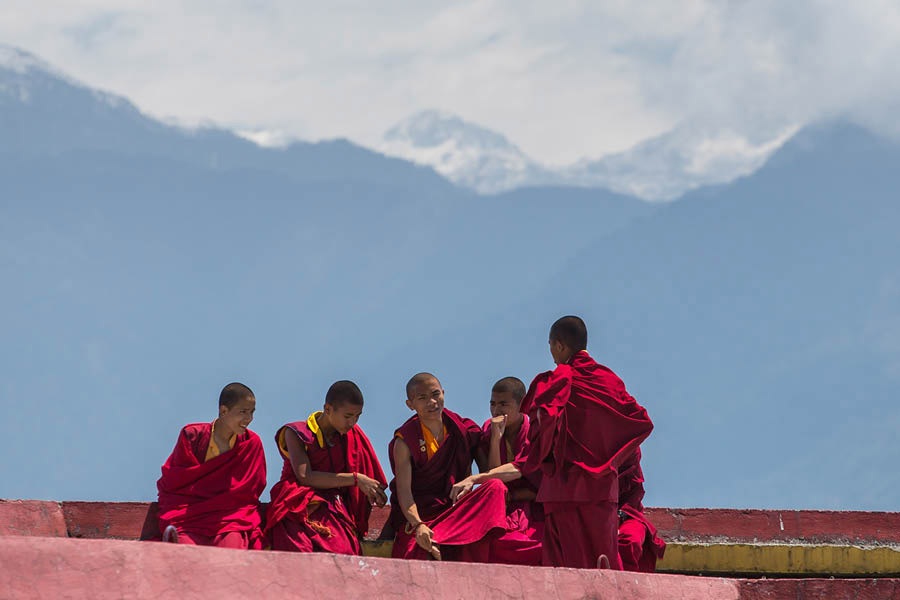
The geographical positioning of this mountainous land so close to Tibet has had a direct influence on the culture, which has been an admixture of traditional animist beliefs, Buddhism and Hindu influences Shutterstock
The remarkable biodiversity of the state is a testament to a vibrant abundance of nature’s treasures and resilience of the people of the state who strive to preserve the fine balance between humans and the natural world. Sikkim is home to the elusive snow leopard and the red panda, the state animal, and birds such as the colourful Himalayan Monal, amongst many unique others. The flora too is vividly diverse, ranging from towering oak trees to delicate orchids, each contributing to the state’s vibrant natural treasure trove. Adding to the opulence are the nearly 500 species of orchids, primula species, guras or rhododendrons, plum trees, cherry blossoms, many varieties of oak and sal trees, bamboo, fig and laurel trees, the noble dendrobium and many others.
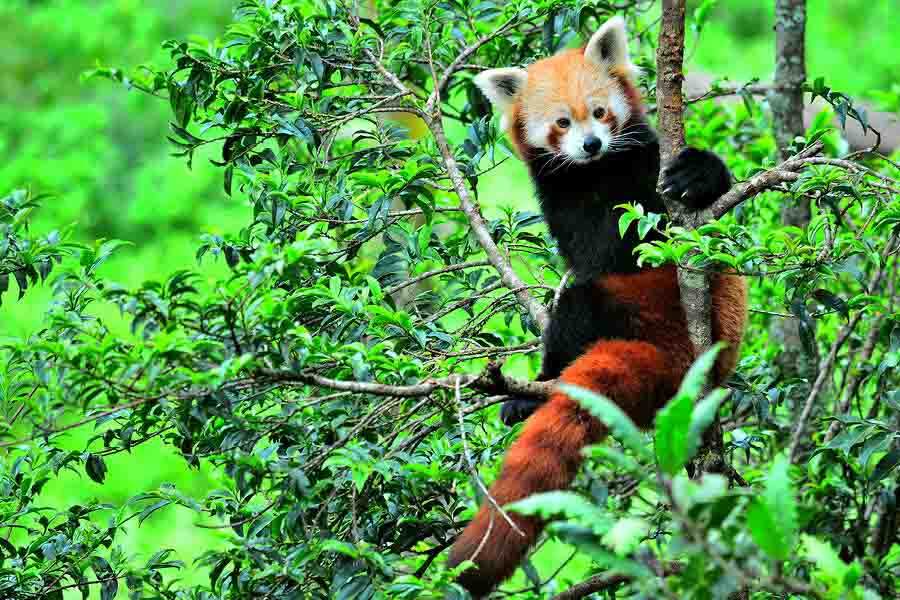
Sikkim is home to the elusive snow leopard and the red panda, the state animal Shutterstock
Descriptions of the natural splendours of Sikkim can go on endlessly, but I must now return to something more man-made that fascinated me there: the grand edifice of Taj Guras Kutir Resort & Spa, where I spent four enchanting days. Spread over 14 acres, the 69-room resort is what serenity and luxury are all about. Keeping to the Taj ethos, the architecture strongly emphasises the indigenous culture, blending Sikkimese aesthetics with contemporary design. Bringing in the picturesque vistas of the outdoors, each of the spacious rooms features a unique thangka, the local Buddhism-inspired paintings. Architect Channa Daswatte has successfully created a serene retreat for those seeking to unwind amidst nature’s beauty.
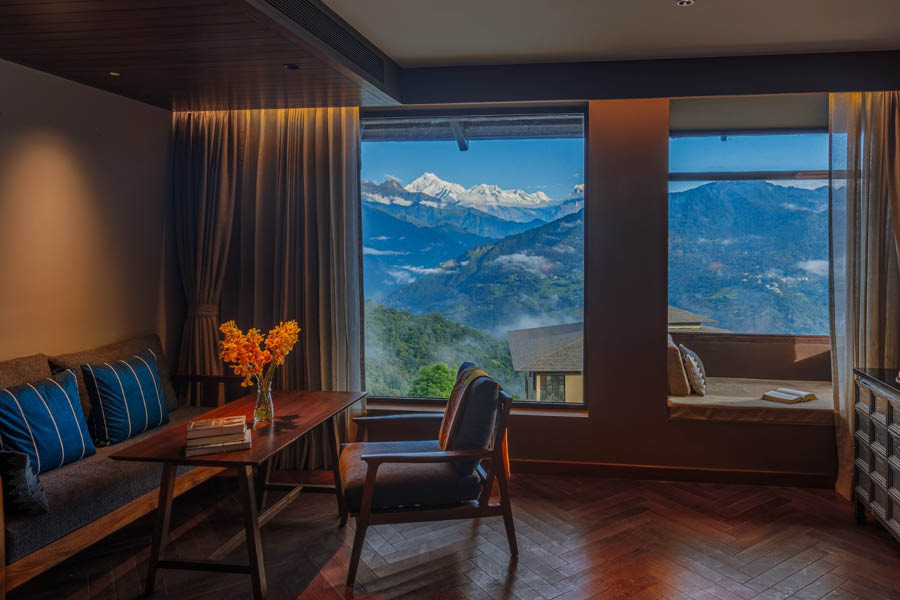
Spread over 14 acres, the 69-room the Taj Guras Kutir Resort & Spa is what serenity and luxury are all about IHCL
As for the food, Taj Guras Kutir Resort & Spa offers an unforgettable gastronomic experience with its forest-themed, all-day diner Machan, a pan-Asian specialty restaurant Soi & Sake and Guras Lounge & Bar that serves high tea and cocktails. Drawing upon their own kitchen garden that grows organic rai ka saag, spinach, carrot, radish, cabbage, beetroot, coriander, mint and basil, the resort’s chefs serve fare that is both wholesome and delicious.
To unwind, holistic practices rooted in the ancient wellness traditions of India can be experienced at the J Wellness Circle, while a dedicated games room provides in-house recreation. While Sikkim allows casinos to operate, Taj Guras Kutir has steered clear of this attraction to provide an idyllic retreat in the abundance of nature.
My stay at Taj Guras Kutir will remain especially etched in my mind as during that four-night stay, I could experience the enchanting blend of wit and wisdom through my interactions with renowned writer and poet Javed Akhtar, as well as a captivating book reading by Shobha De, as well as other veteran artists from other disciplines. This experience at Taj Guras Kutir in Sikkim was truly magical and filled me with an appreciation of the state’s unique blend of history, natural beauty and cultural richness.

